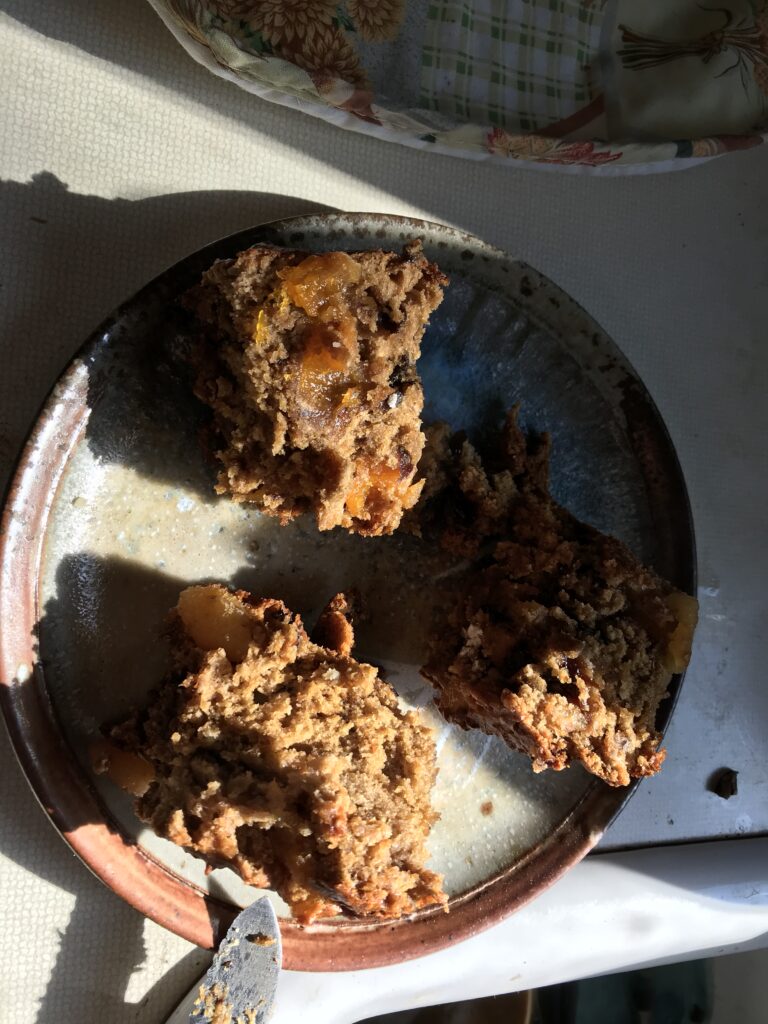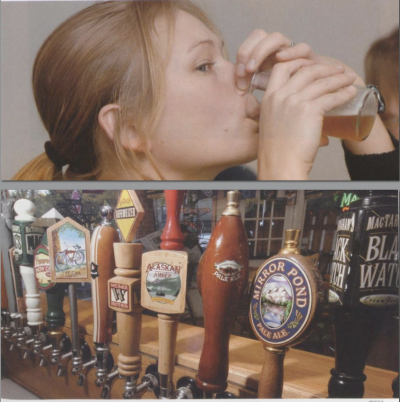
To understand the significance of the 2000-01 football season for the Beavers of Oregon State, it is first necessary to understand the history of the program over the course of the 30 years leading up to this historic season. Between 1969 and 1998, a year before the hire of Dennis Erickson as the Head Football Coach of Oregon State University, the program amassed a total of 6 winning seasons, never finishing higher than 4th in their respective conference, and without a single appearance in a postseason bowl game. For decades the Beavers were the cellar dwellers of the Pacific Conference, finishing dead last 13 times over a 30-year span. They had been dominated by the likes of USC, UW, and UCLA for years, yet virtually overnight, the Oregon State Beavers transformed into a juggernaut. The addition of a gritty, hard-nosed football coach, a handful of Junior College transfers, and a complete cultural overhaul led them to an 11-1 record, a share of the Pac-10 Conference title, and a berth to the BCS Fiesta Bowl, their second appearance in a bowl game since the 1964 Rose Bowl.
The departure of former Head Coach Mike Riley for the NFL opened the door for the hire of Dennis Erickson. In his 13 years of coaching at the collegiate level prior to OSU, he boasted a record of 113-40-1 (.737), highlighted by 2 national championships while serving as the Head Coach at the University of Miami. He had been awarded coach of the year in 3 different conferences, and was the third quickest coach in the history of college football to win 100 games, doing so in only 137 contests. In his first year at Oregon State, he led the Beavers to a 7-5 record, ending an NCAA record of 28 straight losing seasons, and setting the tone for the season to follow.
But with all the accolades and accomplishments, arguably the most important skillset Erikson brought to the table for the Oregon State football program was his eye for talent and recruiting ability. In his first year at the helm for the Beavers, they posted a 7-5 record, a positive step in the right direction as it marked their first 7 win season in 31 years. But during the offseason is where Erikson really made his mark. The Oregon State coaches scrounged the Junior College ranks to find talented football players ready to make an instant impact on the field, and they found just that. Chad Johnson and T.J. Houshmandzadeh were two diamonds in the rough brought in by Erikson to contribute to the 2000-01 football season. Johnson was a standout at Santa Monica College, with the prototypical size and speed of an NFL receiver, he was destined to be a large contributor in the upcoming season. Like Johnson, Houshmandzadeh was also a former Junior College player, where he attended Cerritos College in Norwalk, California, and was recognized as a 2x first-team all-conference receiver. The pair was poised to be a dynamic duo and a much-needed boost to their depleted receiving corps.
In addition to their two talented wide receivers, the team already boasted 2015 Oregon State University Hall of Fame inductee Ken Simonton. The two time All-American running back was a focal point for the Beavers offense as a 4-year starter between 1998-2001 in which he amassed over 5,000 yards and 59 touchdowns on the ground, setting multiple OSU records.
In 1998, the keys to the offense were handed over to current OSU Head Football Coach Jonathan Smith at Quarterback. Smith, a former walk-on, was named the starter midway through his Redshirt Freshman season, taking control of the reigns for the duration of his career as a 4-year starter. Smith was the focal point for creating big plays down the field, as he marked a career-high in yards his Sophomore year with 3,053 yards, and touchdowns his Junior season with 20. This quartet led the Beavers to some of their highest offensive production in decades, posting 33.3 points per game and over 400 yards of total offense.
The identity of these Oregon State Beavers was built on hard nosed running and back breaking defense. Led by 5 future NFL players, Nick Barnett, DeLawrence Grant, Richard Siegler, Darnell Robinson, and Dennis Weathersby the OSU defense reigned supreme among the Pac-10, leading the conference in points per game, total yards allowed per game, and total interceptions. The total team defense of the beavers transcended the Pac-10, earning them a spot in the top 20 scoring defenses in all of college football, ranking 11th among power-5 conferences.
The 2000 football season for the Beavers of Oregon State is undoubtedly the best season in the history of the program, an 11-1 record capped by a memorable stomping of a college football powerhouse will remain in the memory of Beaver loyalists forever. A perfect culmination of football genius in Dennis Erickson, a high octaned well balanced offense, and the best defense in the Pac-10 resulted in a lot of wins, national notirety, and the season of a lifetime for the Beavers.
This post is the first in a series contributed by SCARC Student Archivist Greyson Wolff, a senior Business Administration student who has worked in SCARC since August of 2019.

























